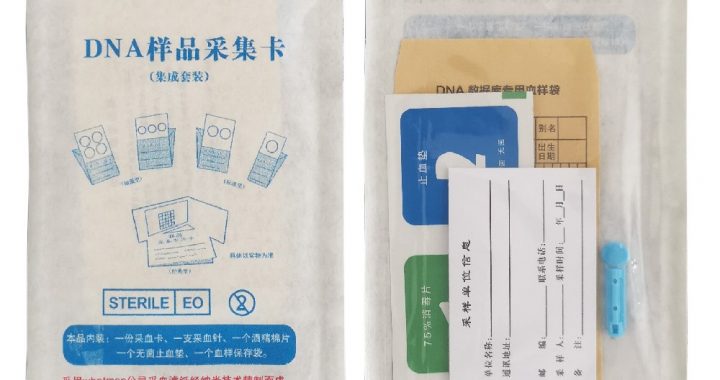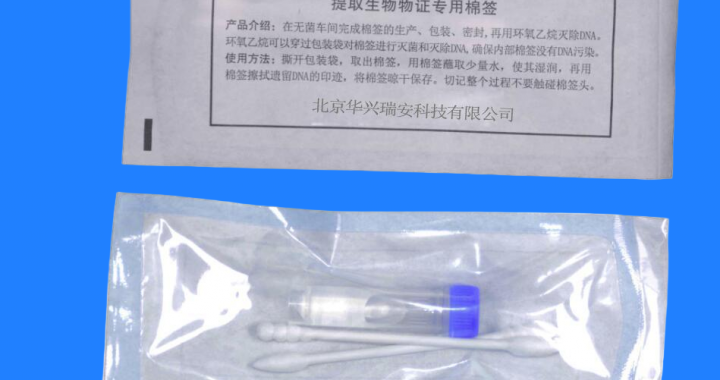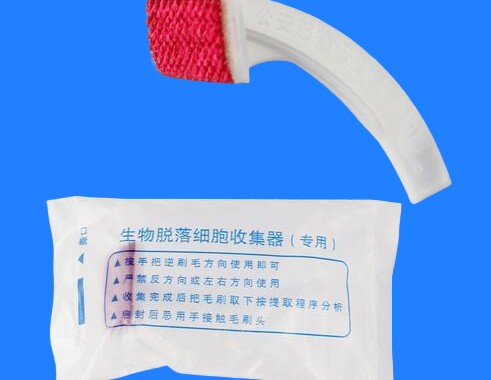Flocked swabs offer superior DNA collection efficiency compared to traditional cotton swabs. Their nylon fiber tips maximize sample uptake and release, preserving high-purity DNA from blood, saliva, hair, and touch evidence. Individually packaged to prevent contamination, they outperform cotton swabs in recovering trace, minimal, or degraded samples. Ideal for forensic investigations, crime scene sampling, cold-case analysis, and laboratory research, flocked swabs provide reliable, reproducible DNA recovery, enabling accurate PCR, sequencing, and genotyping results while minimizing sample loss.
Key Features:
-
Superior DNA collection and release efficiency
-
Maintains high-purity DNA for PCR and sequencing
-
Individually packaged to prevent contamination
-
Effective for trace, minimal, or degraded samples
Application Scope:
-
Forensic crime scene and trace DNA collection
-
Cold-case investigations and laboratory research
-
Blood, saliva, hair, and touch sample recovery
-
Clinical and genetic studies

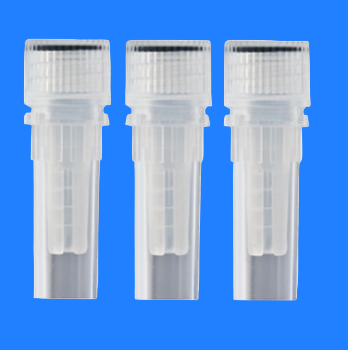
.png)
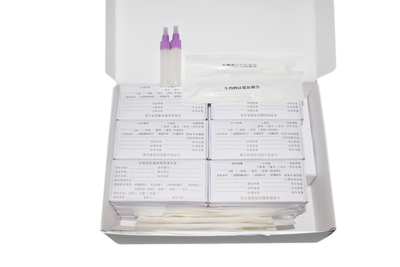
-720x380.png)
